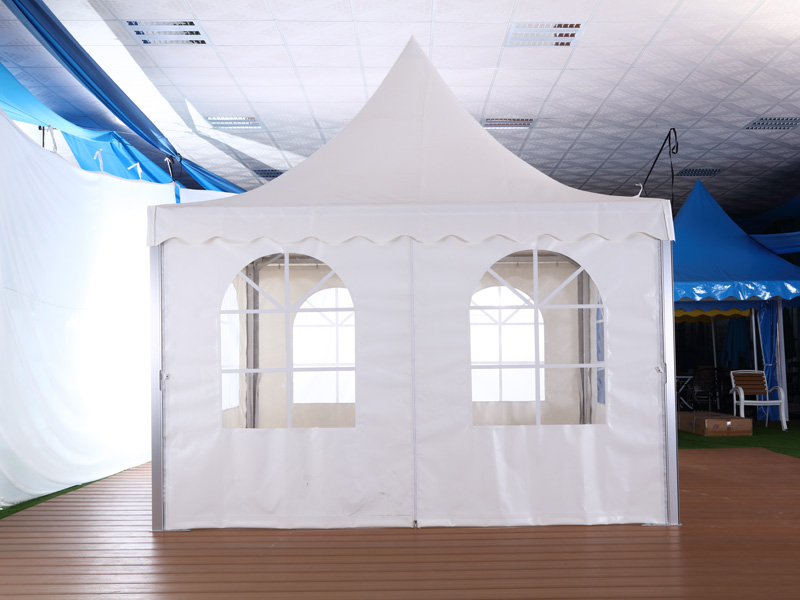
What to pay attention to when choosing a tents
Tents is the same tool we must go out camping, how can we choose a suitable tents? The main function of the tents is to prevent wind, rain, dust, dew, moisture, and insects, but not to keep warm. According to the above objectives, the following factors should be considered when choosing a tents:
1. Be easy to carry
It is more convenient for backpackers to use traditional tents, which can be directly put into the backpack after disassembly; self-driving people can choose to open the tents quickly, which is in the shape of a round cake after being folded, which is suitable for storage in the trunk.
2. The outer tents is waterproof and the inner tents is breathable
Flyer: The most common Flyer coating is PU coating. Its thickness and technology determine the waterproofness of the fabric. The thickness of the coating is expressed in mm. The coating over 1500mm can basically be used in various environments. In addition to PU coatings, foreign textile companies have also developed many new high-functional coatings. These coatings have strong waterproof function and good air permeability. They are called "breathable fabrics." The emitted water vapor can penetrate to the outside world. Inner tents: The inner tents of the low-end tents uses nylon cloth or general gauze net, and the inner tents of the middle and high-end tent uses dense and fine gauze to ensure good air permeability and anti-mosquito function.
3. The strut has high strength and good resilience
Material: At present, the best rod is carbon rod, followed by aluminum alloy, then glass fiber, and finally iron rod. Number of sets: The wind resistance of a tent is not only related to the material and diameter of the poles, but also to the number of sets of poles. Generally speaking, the more sets of poles, the better the windproof performance.
4. The bottom of the account should be waterproof and wear-resistant
Commonly used materials for the bottom of the account are PE cloth and waterproof polyester cloth. The PE tent bottom is used in the middle and low-end tents, and the waterproof polyester cloth is used in the middle and high-end tents. PE is a polyethylene material, similar to low-end snakeskin bags. The actual tent uses PE material with waterproof membrane on both sides, including a large number of export tents.
1. Be easy to carry
It is more convenient for backpackers to use traditional tents, which can be directly put into the backpack after disassembly; self-driving people can choose to open the tents quickly, which is in the shape of a round cake after being folded, which is suitable for storage in the trunk.
2. The outer tents is waterproof and the inner tents is breathable
Flyer: The most common Flyer coating is PU coating. Its thickness and technology determine the waterproofness of the fabric. The thickness of the coating is expressed in mm. The coating over 1500mm can basically be used in various environments. In addition to PU coatings, foreign textile companies have also developed many new high-functional coatings. These coatings have strong waterproof function and good air permeability. They are called "breathable fabrics." The emitted water vapor can penetrate to the outside world. Inner tents: The inner tents of the low-end tents uses nylon cloth or general gauze net, and the inner tents of the middle and high-end tent uses dense and fine gauze to ensure good air permeability and anti-mosquito function.
3. The strut has high strength and good resilience
Material: At present, the best rod is carbon rod, followed by aluminum alloy, then glass fiber, and finally iron rod. Number of sets: The wind resistance of a tent is not only related to the material and diameter of the poles, but also to the number of sets of poles. Generally speaking, the more sets of poles, the better the windproof performance.
4. The bottom of the account should be waterproof and wear-resistant
Commonly used materials for the bottom of the account are PE cloth and waterproof polyester cloth. The PE tent bottom is used in the middle and low-end tents, and the waterproof polyester cloth is used in the middle and high-end tents. PE is a polyethylene material, similar to low-end snakeskin bags. The actual tent uses PE material with waterproof membrane on both sides, including a large number of export tents.

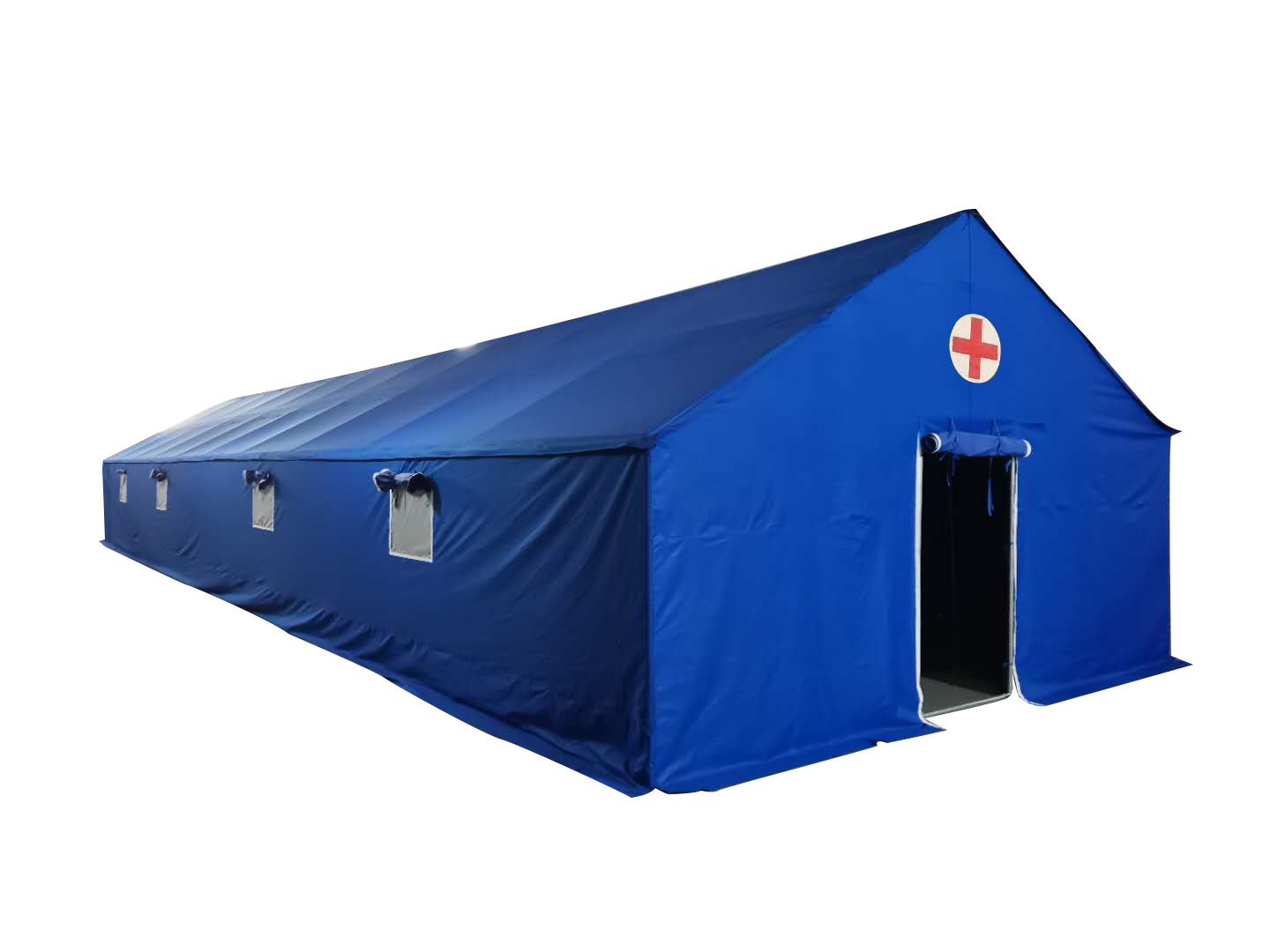
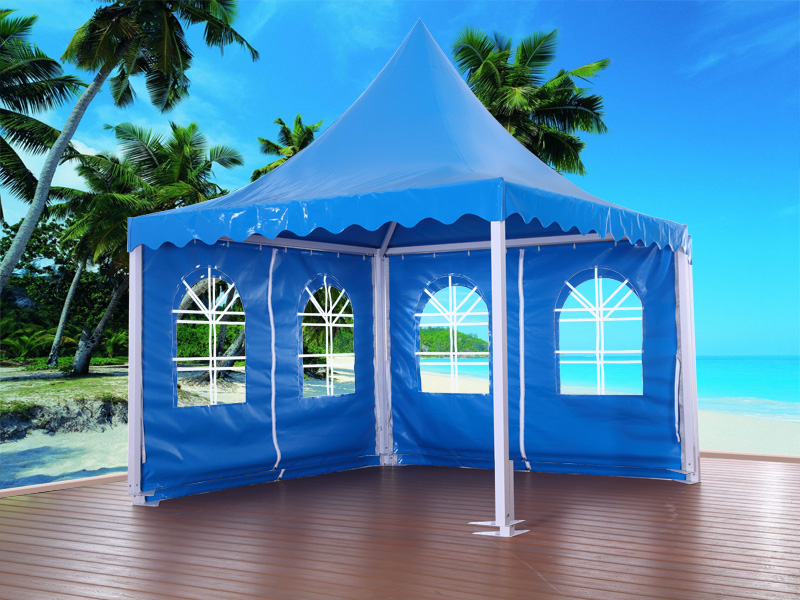
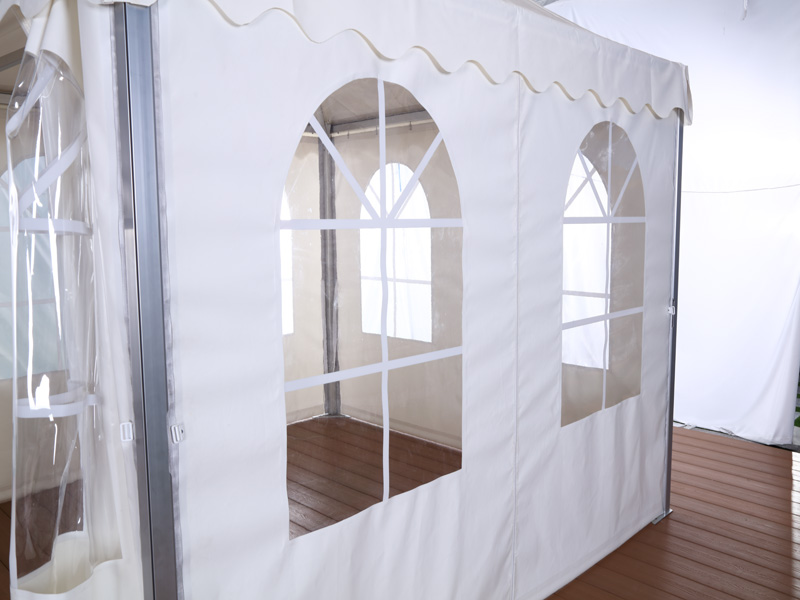
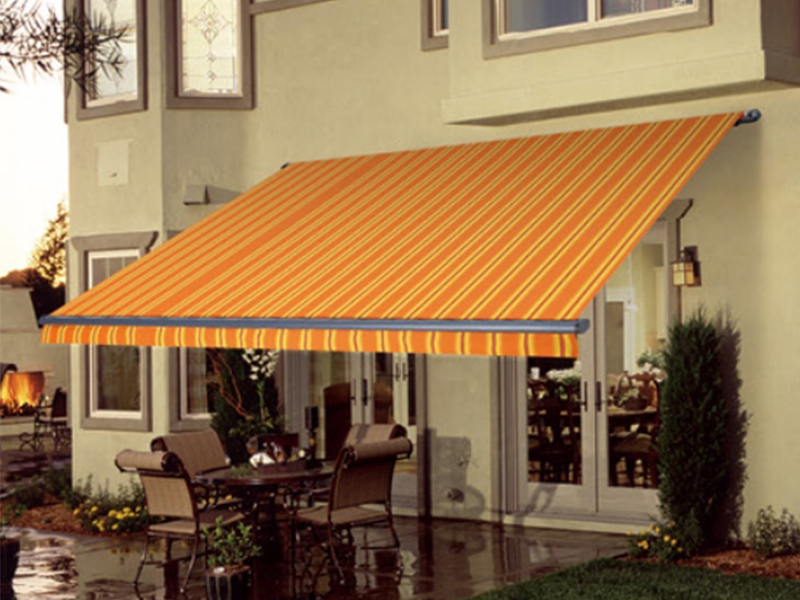
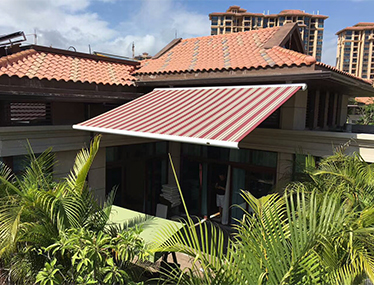
Leave a comment